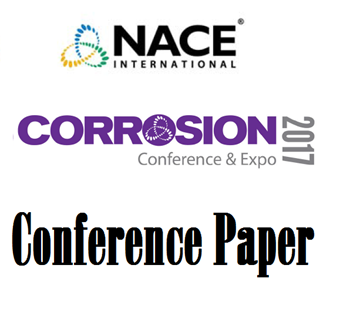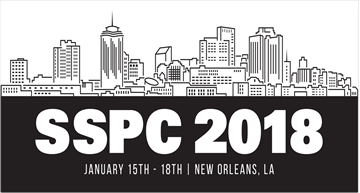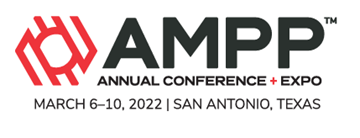Search
Individual Conference Papers
View as
Sort by
Display
per page
Systematic Investigation Of The Role Of Stress-Induced Pits And Grooves In SSC Four-Point Bend Testing Of Line Pipe Steel
Product Number:
51321-16571-SG
Publication Date:
2021
$20.00
Systematic Risk Evaluation of Calcium Sulfate Formation in Production System
Product Number:
51323-19511-SG
Publication Date:
2023
$20.00
Tafel-Piontelli model for the prediction of the corrosion rate of active metals in weakly acidic environments. Application to sweet corrosion in the Oil and Gas industry
Product Number:
51323-19254-SG
Publication Date:
2023
$20.00
Tailoring Chemicals for Continuous Injection Downhole via Capillary Line and “Sensitive” Jewelry
Product Number:
51317--9108-SG
ISBN:
9108 2017 CP
Publication Date:
2017
$20.00
Tailoring Scale Prediction Models to a Specific Application: Reverse Osmosis
Product Number:
51319-13238-SG
Publication Date:
2019
$20.00
Tank U: Details to Consider When Specifying Exterior Coatings for Carbon Steel Tanks
Product Number:
51218-148-SG
Publication Date:
2018
$20.00
Tank Waste And Ground Water Effects On The Corrosion Susceptibility Of The Secondary Liner Of Hanford Double-Shell Tanks
Product Number:
51322-17550-SG
Publication Date:
2022
$20.00
TCEO Coating Hot Topics and Regulatory Resources
Product Number:
41213-792-SG
Publication Date:
2013
$20.00
TECHNICAL JUSTIFICATION OF TABLE A.23 IN NACE MR0175/ISO15156-3: THE USE OF MARTENSITIC STAINLESS ST
Product Number:
51312-01561-SG
ISBN:
01561 2012 CP
Publication Date:
2012
$20.00
Technical Paper: Petroleum-Based Corrosion Inhibitor
Product Number:
41206-268-SG
Publication Date:
2006
$20.00
Technical Review on the Existence of Type B (Alumina) Inclusion at Hot Steel Making Process
Product Number:
MPWT19-15601
Publication Date:
2019
$0.00
Techniques for Inspecting Wall Thickness Metal Loss of Pipelines under Nonmetallic Sleeves
Product Number:
MPWT19-14377
Publication Date:
2019
$0.00












